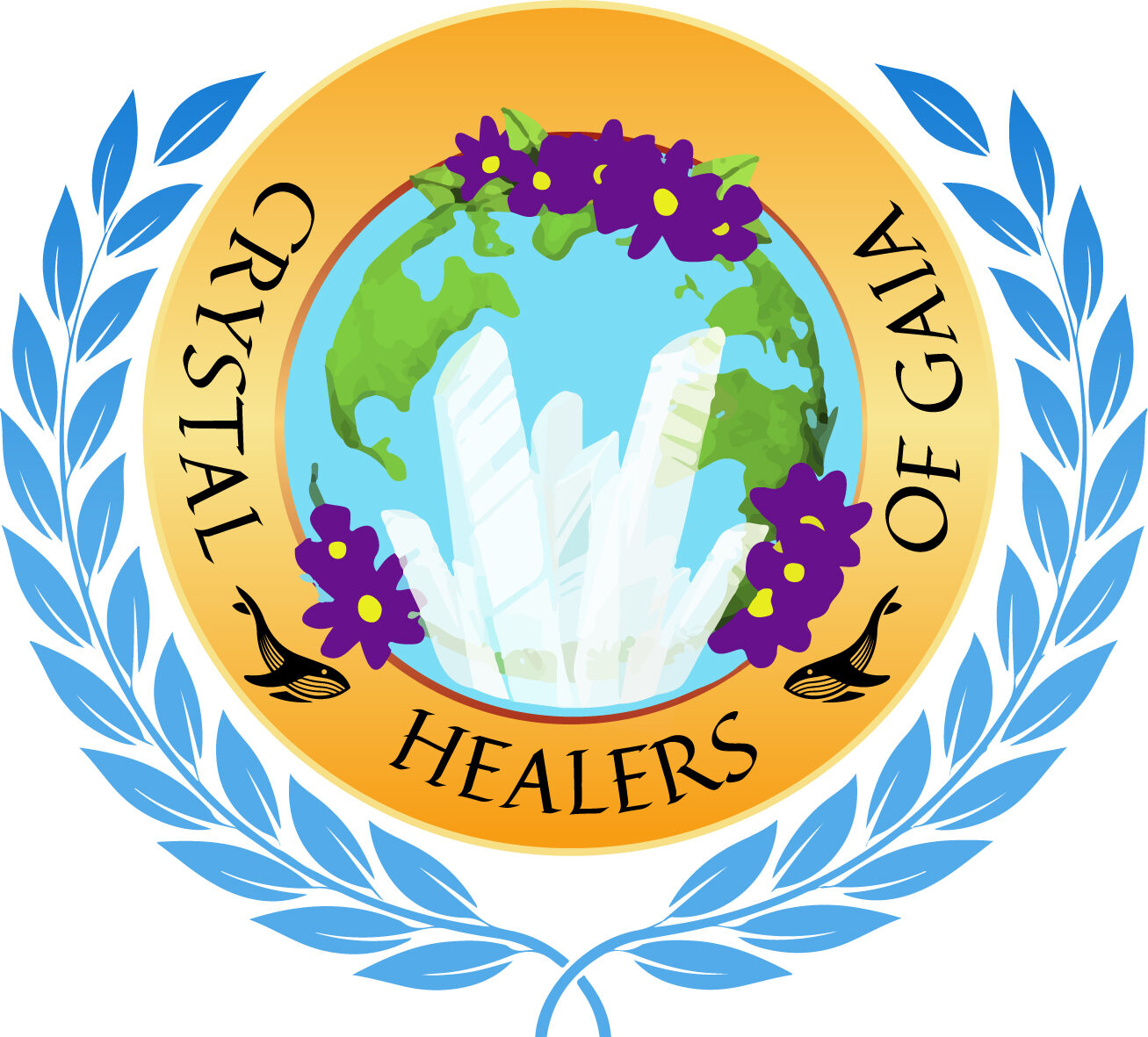EARTH’S ENERGY PATHWAYS: THE LEY LINES AND DRAGON LINES
Imagine a region where several ancient sites, such as stone circles, burial mounds, and old churches, are located in a relatively straight line.
Ley lines and dragon lines are terms used in various belief systems and practices, often associated with Earth’s energy or spiritual pathways. Here’s a brief overview:

LEY LINES
Ley lines are believed by some to be alignments of ancient and sacred sites, such as stone circles, megaliths, and churches, that are thought to have spiritual or mystical significance. Some people believe that ley lines are channels of earth energy and that they connect important and powerful places on the planet.
Origins and Beliefs: The concept of ley lines was popularized in the early 20th century by Alfred Watkins, a British amateur archaeologist. He proposed that ancient civilizations had intentionally built their sacred sites along straight lines, which he called “leys.” He believed these lines were ancient trading routes or paths of pilgrimage.
Spiritual and Mystical Significance: Over time, ley lines became associated with Earth’s energy and mystical pathways. Some people believe that ley lines are sources of spiritual power and that they can be detected and utilized for various purposes, such as healing or meditation.
Contemporary Interest: Today, ley lines continue to capture the interest of many individuals interested in alternative spirituality, earth mysteries, and ancient civilizations. Some New Age and pagan belief systems incorporate ley lines into their practices and rituals.
DRAGON LINES
Dragon lines are a concept from Chinese geomancy (Feng Shui) and are believed to be paths of energy that run across the landscape. They are sometimes associated with the flow of qi (life force energy). In Chinese culture, dragons are powerful and benevolent symbols, often associated with auspiciousness and good fortune, so dragon lines are seen as paths of positive energy
Feng Shui and Chinese Geomancy: In Chinese culture, Feng Shui is the practice of arranging the environment to enhance the flow of qi, the life force energy. Dragon lines are a concept within Feng Shui that refers to the paths of this energy as it flows through the landscape.
Dragon Symbolism: Dragons are highly revered in Chinese culture as symbols of power, strength, and good fortune. Dragon lines are believed to carry positive energy and are often associated with auspicious locations, such as temples, palaces, and other important sites.
Practical Applications: In Feng Shui practice, understanding and working with dragon lines can be used to enhance the energy of a space, promote harmony and balance, and improve the well-being of the people living or working in that space.
Advocates of ley lines might interpret this alignment as evidence of a ley line running through the area. They believe that this ley line carries a particular type of energy or spiritual significance.
Now, let’s also imagine that this region is in a hilly area with a river running through it. According to Feng Shui principles, the river and the hills could create a natural environment where dragon lines converge. In this context, practitioners of Feng Shui might see this area as especially auspicious, with the converging dragon lines enhancing the positive energy of the landscape.
In this hypothetical scenario, individuals interested in ley lines might visit the region to meditate, perform rituals, or simply to connect with the perceived energy of the ley line. Meanwhile, practitioners of Feng Shui might consider this area ideal for building a home or temple, believing that the convergence of dragon lines would bring good fortune and positive energy to the inhabitants.
Conclusion
Both ley lines and dragon lines are examples of how different cultures and belief systems have interpreted and interacted with the natural world around them, imbuing landscapes with spiritual and mystical significance.
